Power consumption in factory state as summary
The 12 watts in idle are okay. With a second monitor and a different resolution, however, this quickly becomes 30 watts and more. By the way, we can see very nicely that the full TBP of 160 watts is rarely exhausted and only the torture loop or a game including OC even reaches the frame. Normally, it is always less. When running with the 175 watt power limit, we see that this cannot be reached even in extreme cases when gaming because the voltage limits or the card becomes unstable with more clock.
Load distribution between PCIe slot and PCIe sockets
NVIDIA uses the PCIe slot a bit, especially when gaming. But you are still under half of what is allowed with 5.5 amps maximum for the flowing currents, even with the increased power limit.
While NVIDIA has significantly reduced the supply via the PEG, AMD continues to use this rail quite excessively.
Rough 20 ms intervals
Let’s first take a look at the flowing currents. Measurements were taken in coarser 20-ms intervals, i.e. around 50 times per second, to simulate the load on the power supply’s supervisor chip (shutdown). We see that even short load peaks are capped at 16 A at the latest. but a real limitation looks different.
Nevertheless, we still have to take a look at the voltages, or the product of voltage and current flow. I already wrote that I measured here at different power supply connections, even if in the end on the board of the graphics card all connections meet again somehow. What we can see here now as much clearer fluctuations and peaks is due to the partially a little bit overvolting power supply and thus the voltage and not the currents. This is due to technical reasons, but it’s not a big deal. However, we can also see that the few peaks at over 235 watts are not caused by the flowing current (graphics card), but actually result from the power supply! This is also due to the topology and especially the rather puny input filter with only one coil on the single rail.
The torture test is hardly any different.
If you now add the voltage again, then you see a stronger ripple, which again results from the somewhat jittery operating voltage. However, to save the power supply’s honor, it has to be said that this affects all current products from all manufacturers and can hardly be avoided.
- 1 - Introduction, technical data and technology
- 2 - The GeForce RTX 4060 Ti FE in detail
- 3 - Test System in the igor'sLAB MIFCOM-PC
- 4 - Teardown: PCB, components and cooler
- 5 - Gaming performance FHD (1920 x 1080)
- 6 - Gaming performance WQHD (2560 x 1440)
- 7 - Gaming performance DLSS vs. DLSS3 vs. FSR
- 8 - Latencies and DLSS 3.0
- 9 - Details: Power consumption and load balancing
- 10 - Load peaks, capping and PSU recommendation
- 11 - Temperatures, clock rate and thermal imaging
- 12 - Fan curves, noise level and audio samples
- 13 - Summary and conclusion















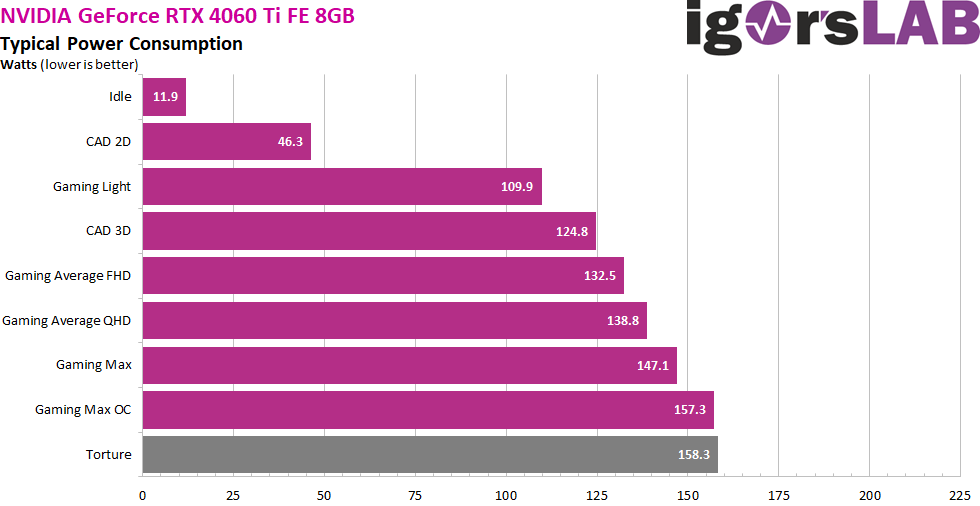
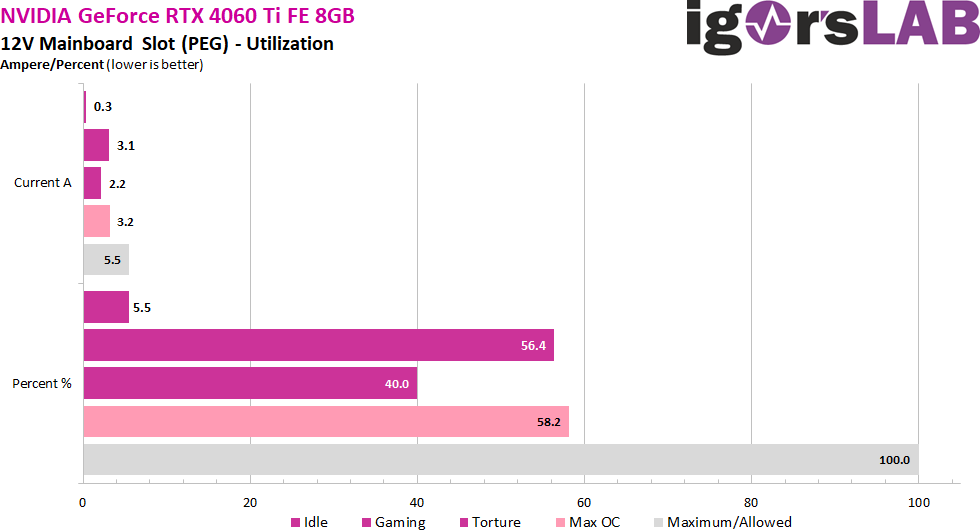



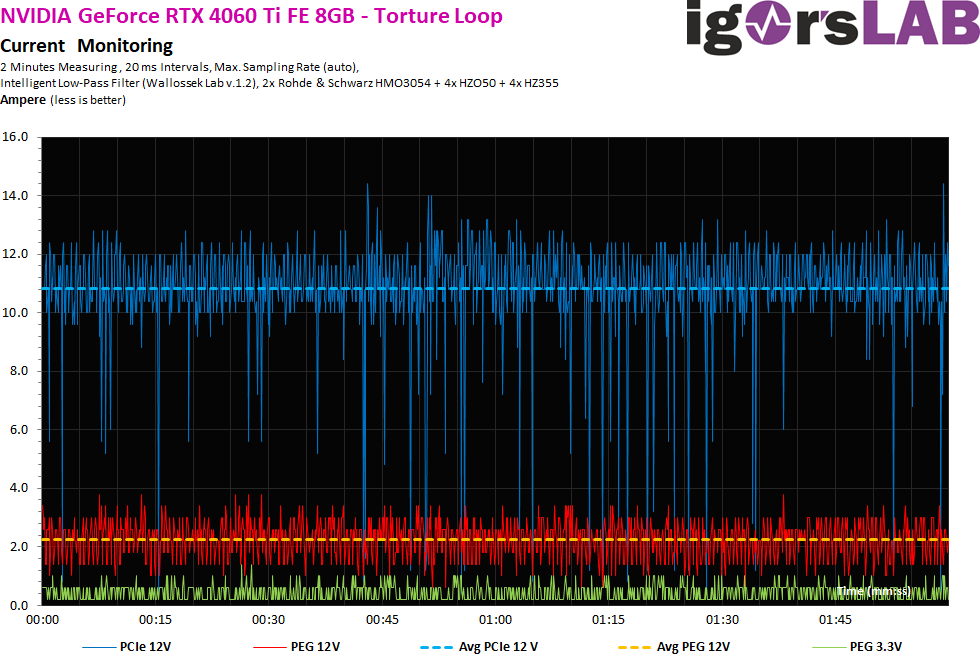
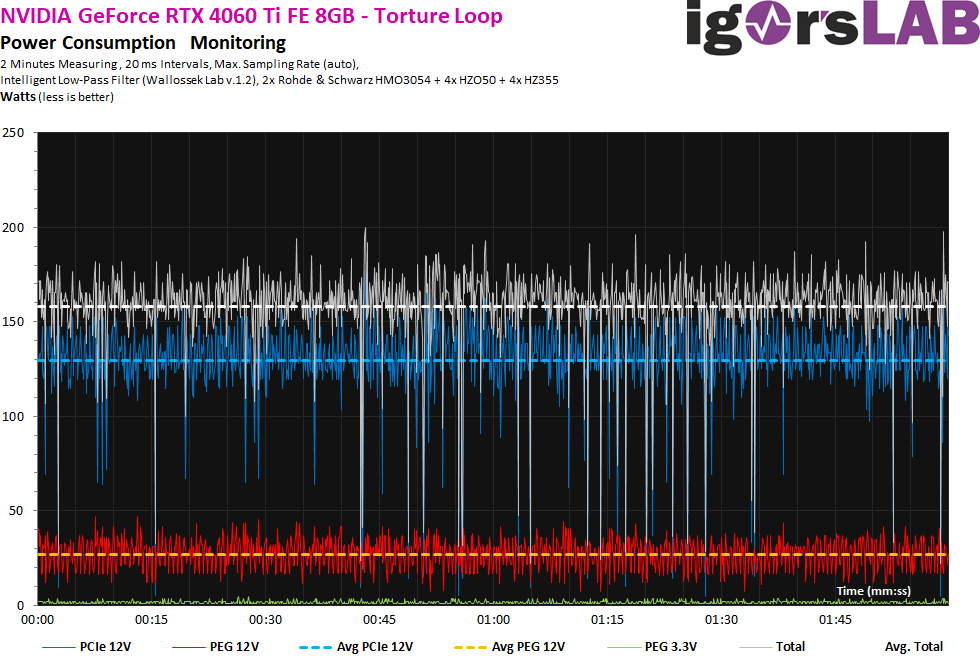


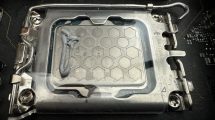

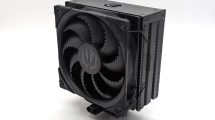
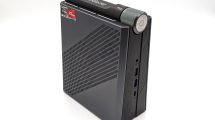


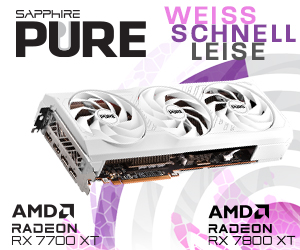

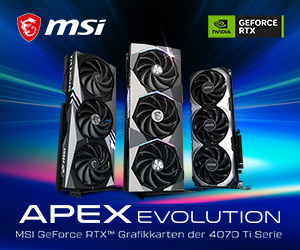

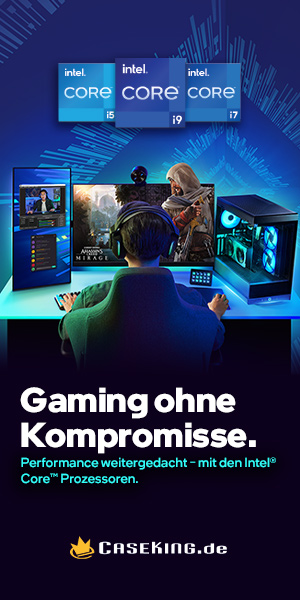





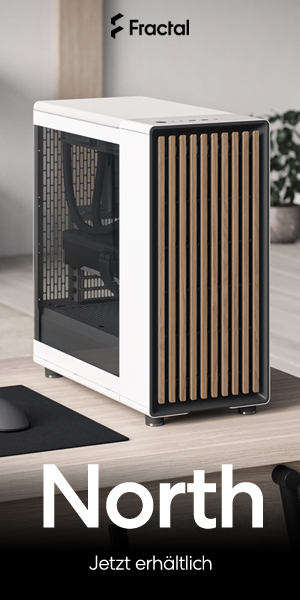

418 Antworten
Kommentar
Lade neue Kommentare
Urgestein
Moderator
1
Urgestein
1
Urgestein
Mitglied
Veteran
Veteran
1
Veteran
Veteran
Neuling
Mitglied
Mitglied
Urgestein
Mitglied
1
1
Alle Kommentare lesen unter igor´sLAB Community →